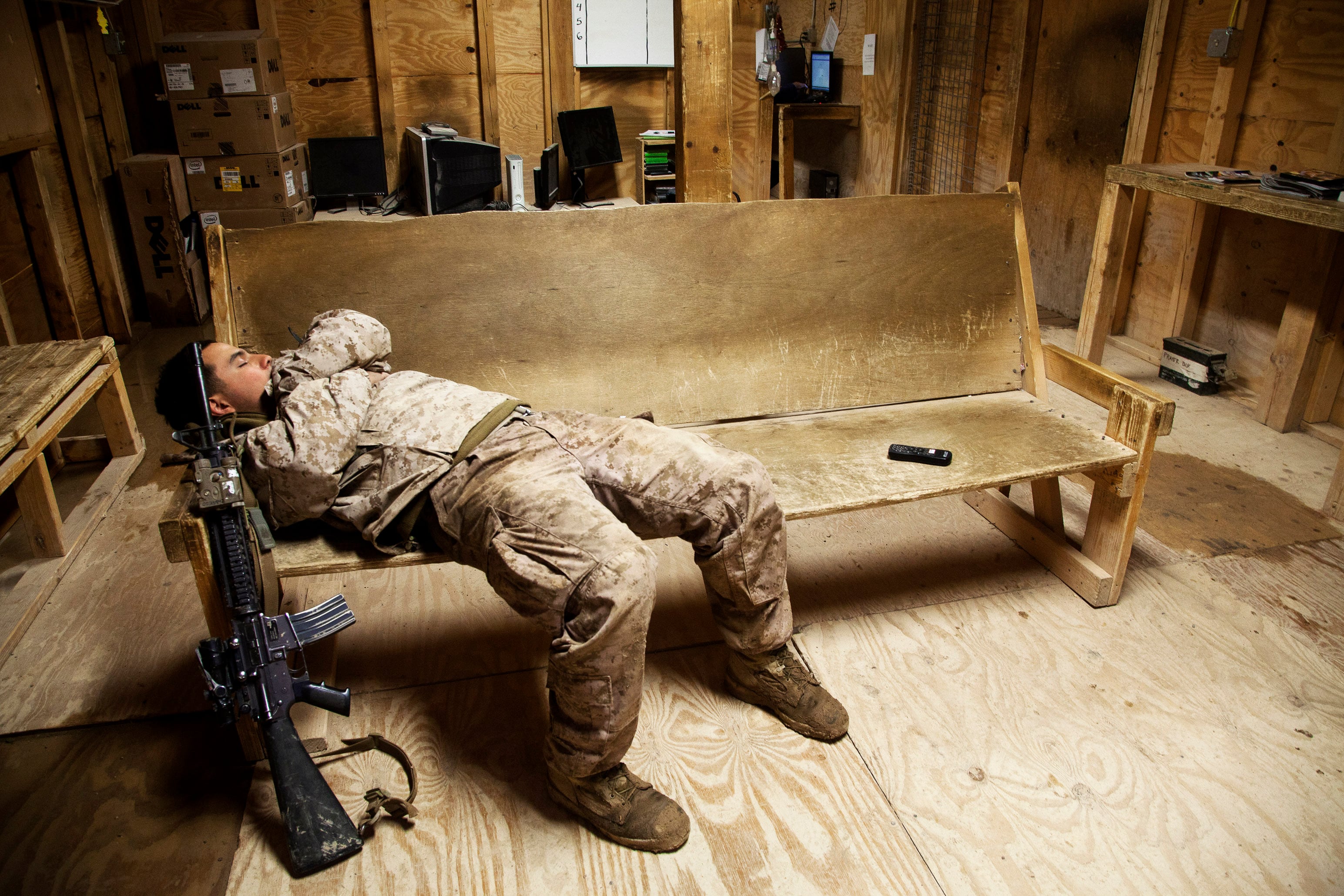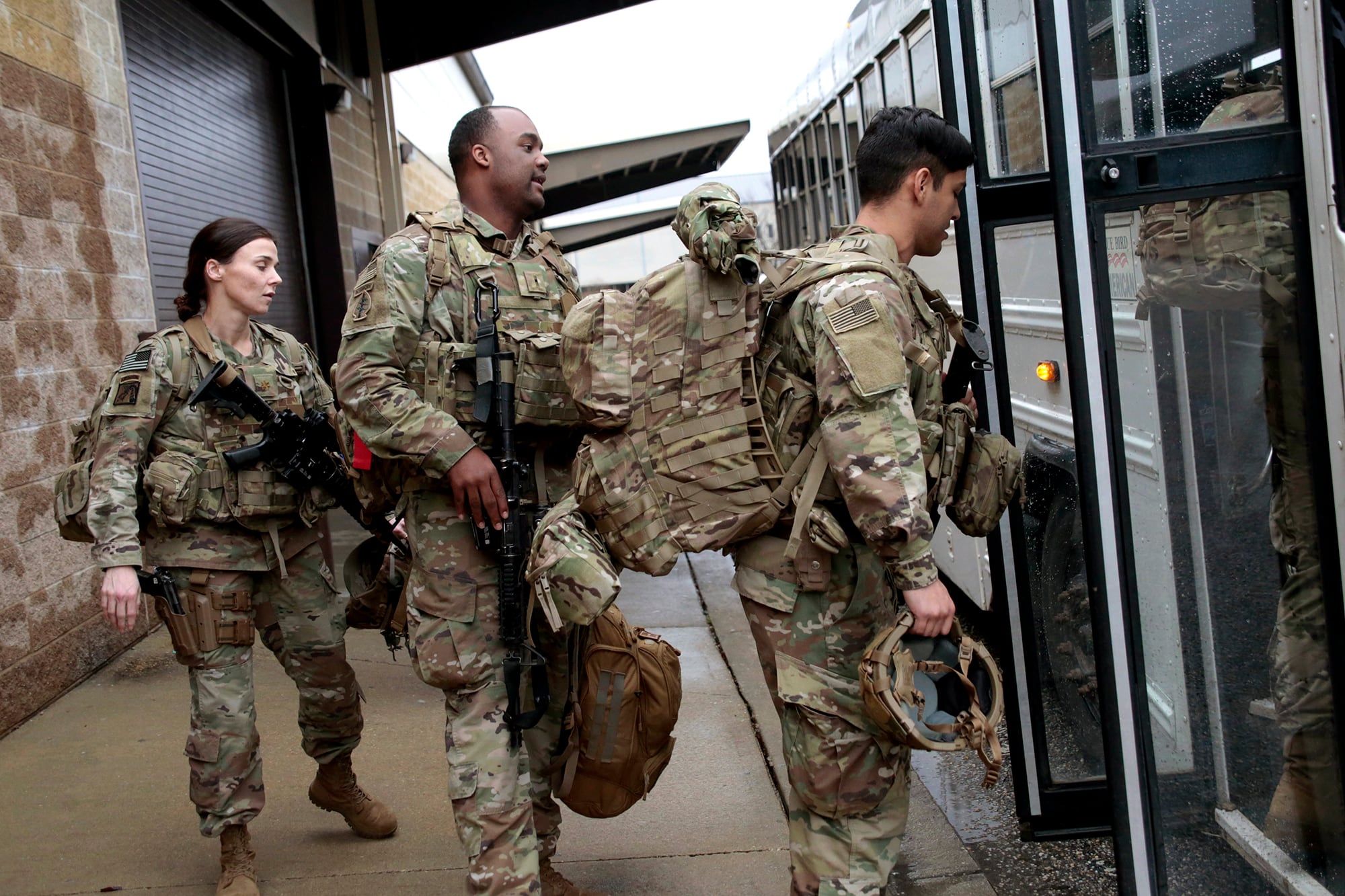The Pentagon is pulling out its old Afghanistan drawdown plans and reworking them for a Sept. 11 deadline, per President Joe Biden’s announcement of the end of Operation Resolute Support on Wednesday.
The 2,500 troops deployed to that country may see some back-up arriving to help with removing equipment, shutting down operations centers and maintaining security as the Taliban seeks to take advantage of their focus on closing up shop.
“I can’t speak with great specificity right now ... but it is not out of the realm of the possible that for a short period of time, there will have to be some additional enabling capabilities added to Afghanistan to, again, help effect a safe, orderly and deliberately planned drawdown of everybody by the president’s deadline,” Pentagon spokesman John Kirby told reporters Friday.
More specific tasking will be coming out closer to the end of the month, he added, but he could not specify a deadline for the withdrawal plan, which will be set into motion on May 1.
“Obviously, everybody understands the need to move with some alacrity here,” Kirby said.
For roughly the past year, U.S. troops and the Taliban have been in what amounts to a ceasefire, as part of the conditions of a previously negotiated peace agreement.
During that time, U.S. forces drew down to 8,000 and then 2,500 in November, keeping up with both train-advise-assist and counterterror missions.
During that time, not one American service member has died during combat operations in Afghanistan, either at the hands of the Taliban or while fighting ISIS-K, that country’s local Islamic State faction, as attacks on U.S. troops have subsided.
That is likely to change, as the Biden administrations Sept. 11 deadline violates the Trump administration’s planned May 1 withdrawal.
“If the [Doha] agreement is breached and foreign forces fail to exit our country on the specified date, problems will certainly be compounded and those whom failed to comply with the agreement will be held liable,” Taliban spokesman Zabiullah Mujahid tweeted Wednesday.
Many U.S. troops in the country have been living on Afghan National Army bases and working alongside those forces to push back against the Taliban, leaving them in a vulnerable position as they prepare to return home.
RELATED

“I can’t speak for the Taliban, obviously,” Kirby said. “We’ve seen their threats and it would be imprudent for us not to take those threats seriously,” he said, adding that both Biden and Defense Secretary Lloyd Austin have said publicly that the U.S. is prepared to defend itself.
“It would be irresponsible if we weren’t thinking about that,” Kirby said.
More than 2,400 American service members have died supporting operations in Afghanistan and more than 20,000 have been wounded, according to Pentagon figures.
American troops will leave behind some 300,000 Afghan security forces, for which Austin said Wednesday the Pentagon will likely continue to cover payroll.
Currently, they have help maintaining their equipment, including through Defense Department contractors. It’s unclear whether that will continue, and if it does, how long it will continue, and who will be responsible for the contractors’ safety in the face of an emboldened Taliban.
Contract may continue in a different capacity than currently, Kirby.
At the same time, Austin said Wednesday that counterterror capabilities will be in the region to respond to any threats by groups that would use Afghanistan to stage an attack on the U.S.
He did not offer details about who they would be or where they would be based when asked.
“There’s going to be a limit to how much transparency we can offer ... about the details of the drawdown on a day-by-day basis,” Kirby said, in the interest of keeping the Taliban out of the loop.
Meghann Myers is the Pentagon bureau chief at Military Times. She covers operations, policy, personnel, leadership and other issues affecting service members.





